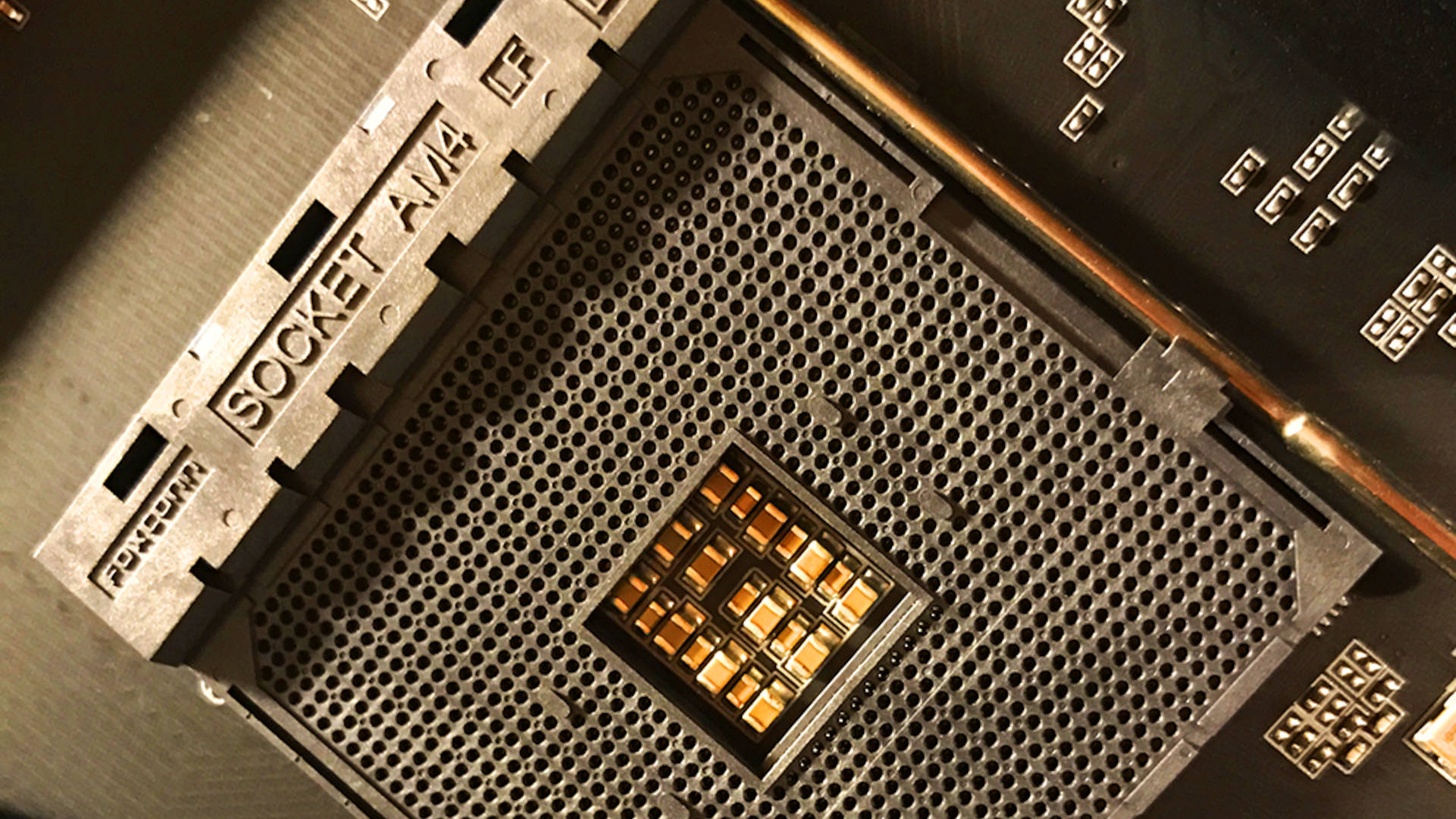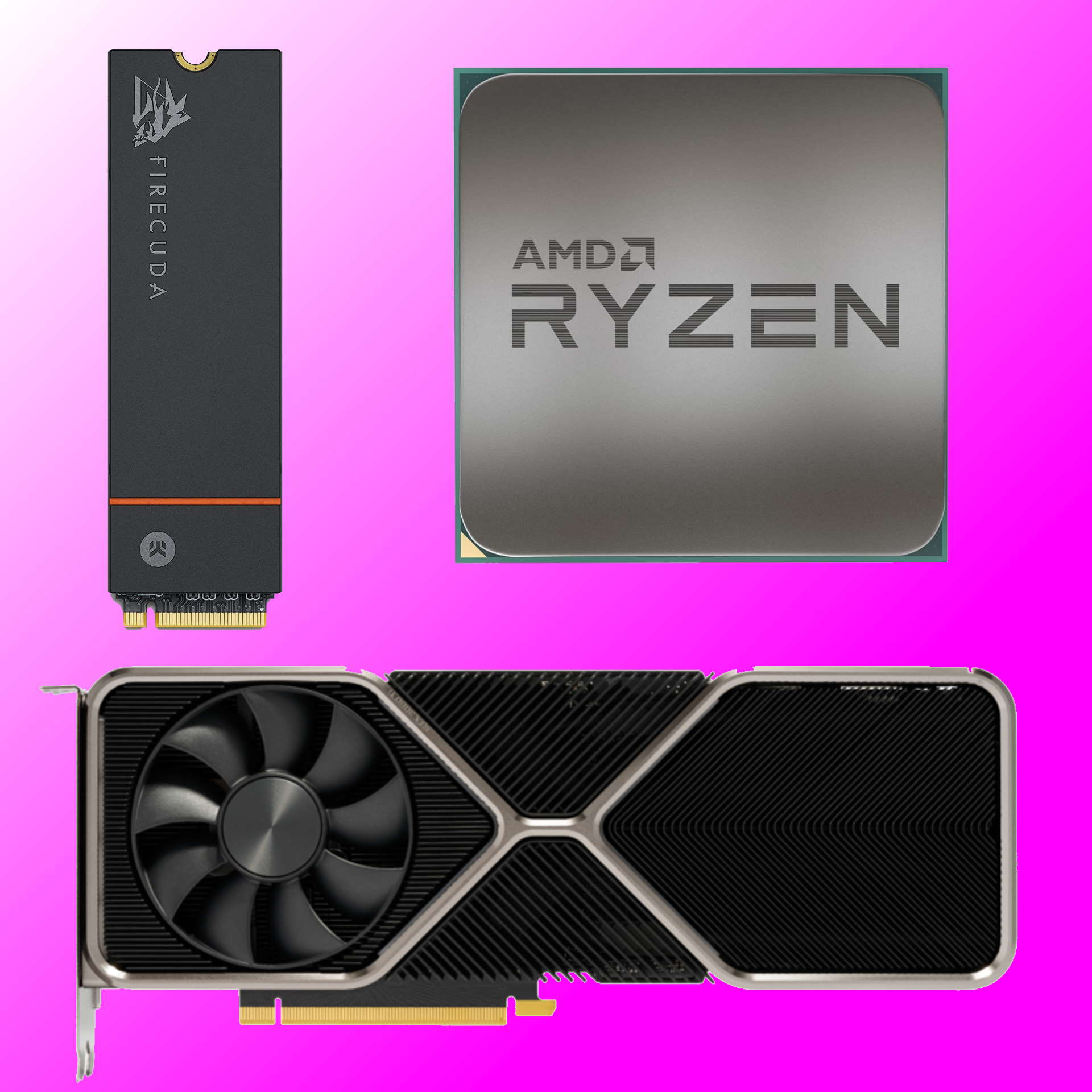
The PC isn't all about the latest tech.
“You’d be surprised. On a global scale, the split between AM4 and AM5 is not far off from 50/50.” So, says David McAfee, AMD head of Client Channel Business, of AMD’s current CPU sales (via TechPowerUp).
In other words, half of the CPUs AMD is selling today are still made for the old AM4 socket. And, of course, the last family of chips made for the AM4 socket was the Ryzen 5000. The Ryzen 7000 and latest Ryzen 9000 CPU families both go into the current AM5 socket.
McAfee does concede that split isn’t universal to all markets. “Different markets have different preferences. North America and Western Europe skew toward higher-end AM5 builds,” he says. But still, it’s near 50/50 overall.
For context, the AM4 socket first appeared back in 2016 while the newest family of Ryzen CPUs for AM4, the Zen 3-based Ryzen 5000 chips, was first released in late 2020. But here we are in 2025 and half of AMD’s desktop CPU sales are still AM4-based.
Actually, that shouldn’t be a huge surprise. CPU performance gains tend to be incremental. A Ryzen 7 5800X3D, for instance, is still a very good gaming CPU. Likewise, a 16-core Ryzen 9 5950X will tear through content creation in a thoroughly modern manner.
Indeed, in most gaming benchmarks, the 5800X3D is still roughly on par and often faster than Intel’s latest Core Ultra 9 285K flagship GPU. And that’s running at 1080p to expose and CPU bottleneck. At 1440p or perhaps 4K, especially with a new and graphically demanding game running at high detail settings, you’d struggle to feel the difference between the 5800X3D and the latest 9800X3D beast because the limitation on frame rate won’t be the CPU.
What’s more, as recently as June last year, AMD actually launched two new-but-old Zen 3 chips for the AM4 socket, the eight-core Ryzen 7 5800XT and the 16-core Ryzen 9 5900XT. It followed those two up in October with the six-core Ryzen 5 5600XT, further demonstrating that there’s life yet in the old AM4 dog.
In fact, the longevity of AM4 feels like it keys into a broader trend. I bored on recently about how much stamina the Nvidia RTZ 4090 has. It’s just been replaced by the new RTX 5090. But it’s still a fundamentally very powerful GPU and I’d take it all day long over the new RTX 5080 and its minimal raster performance gains over the old 4080 and relatively measly 16GB of VRAM.
Long story short, the 4090 will be very, very close to the top of the GPU performance tree for about four years. That’s a long time. The 5800X3D is two and half years old and still going strong.
Anyway, the point is that generational gains in performance from core PC components seem to have slowed somewhat. On the one hand, it’s always slightly disappointing when a new CPU or GPU comes out and doesn’t blow away existing chips. On the other, it means your PC stay current for longer. And that’s probably a good thing overall.
Best CPU for gaming: Top chips from Intel and AMD.
Best gaming motherboard: The right boards.
Best graphics card: Your perfect pixel-pusher awaits.
Best SSD for gaming: Get into the game first.





